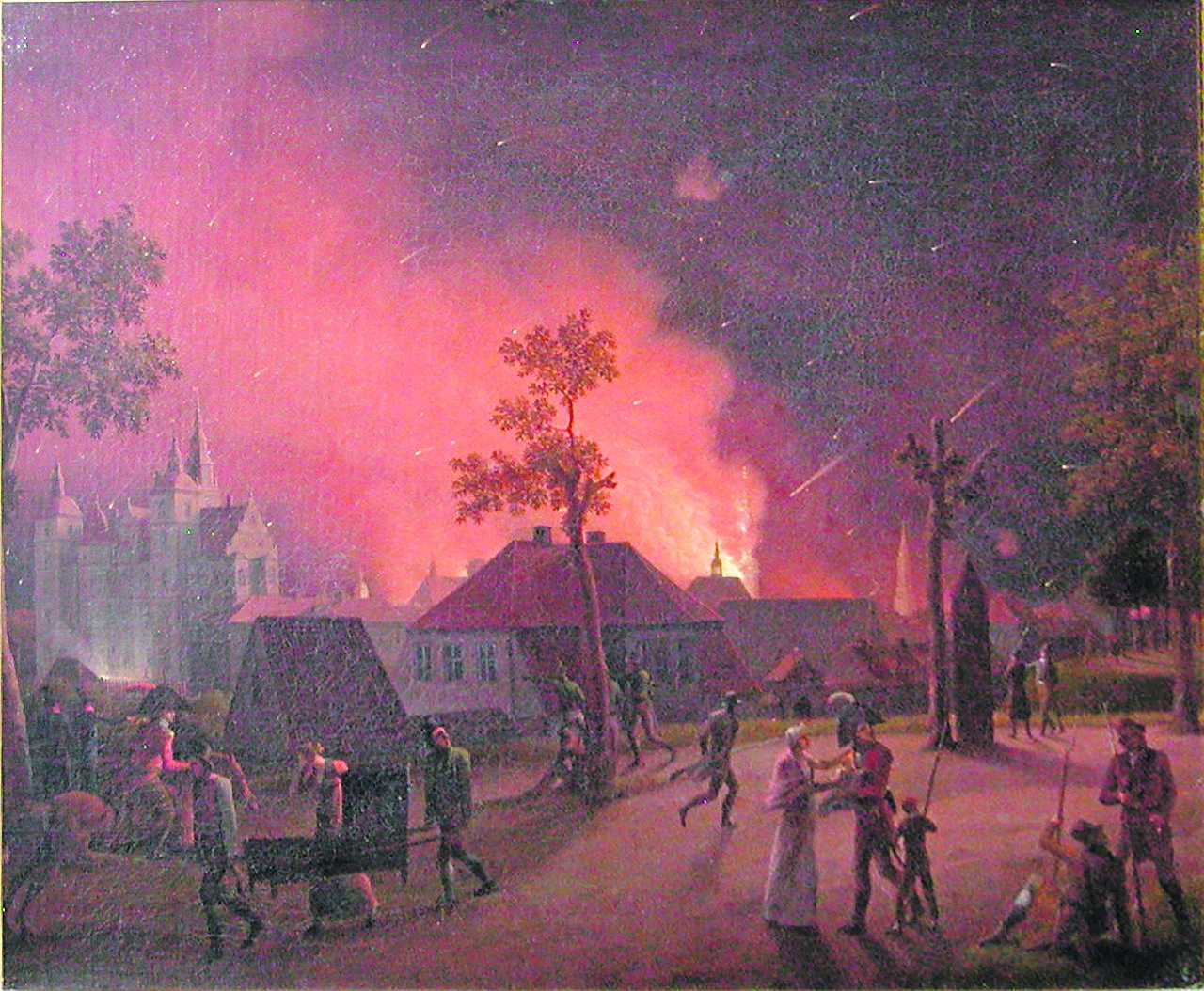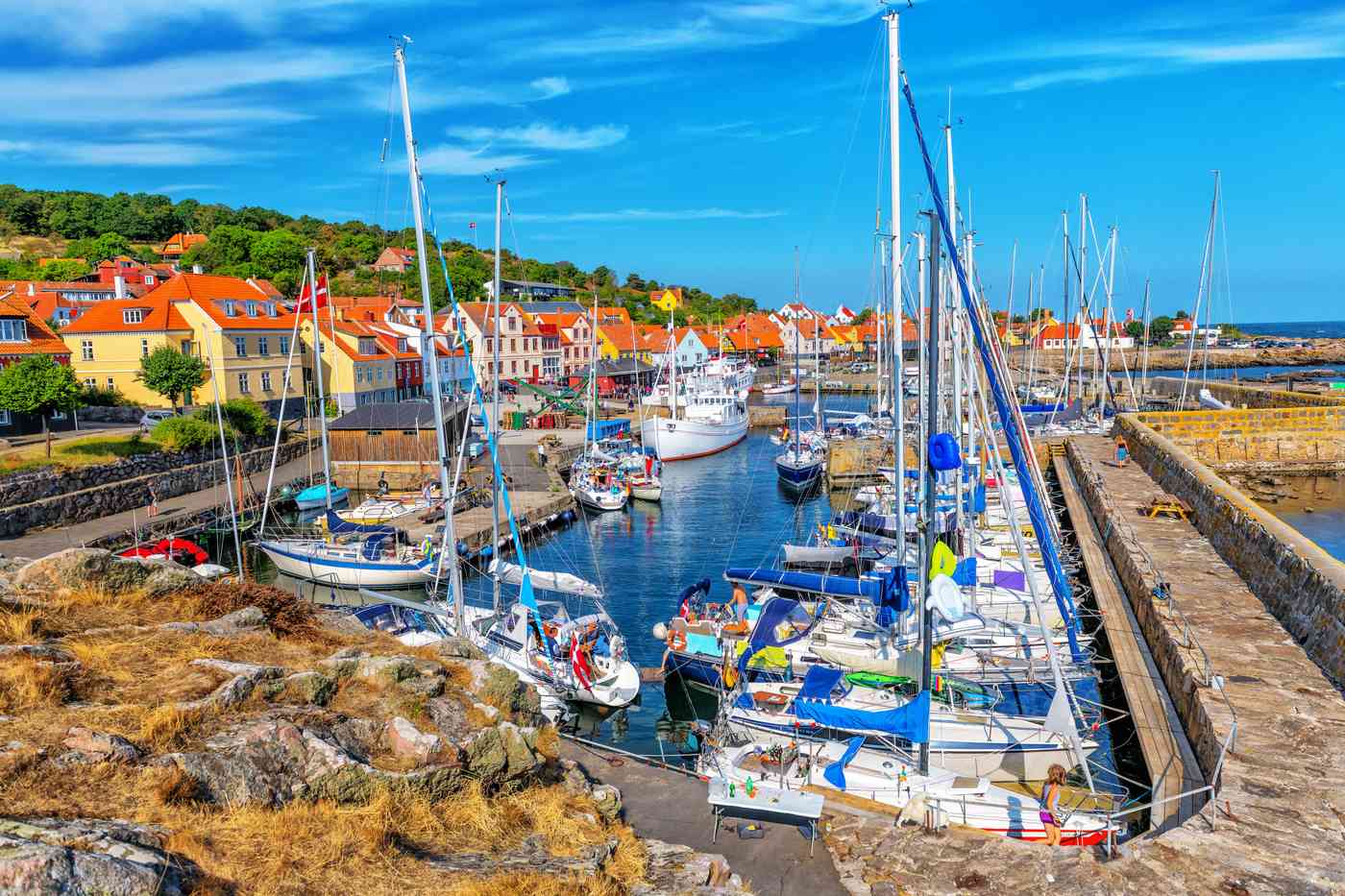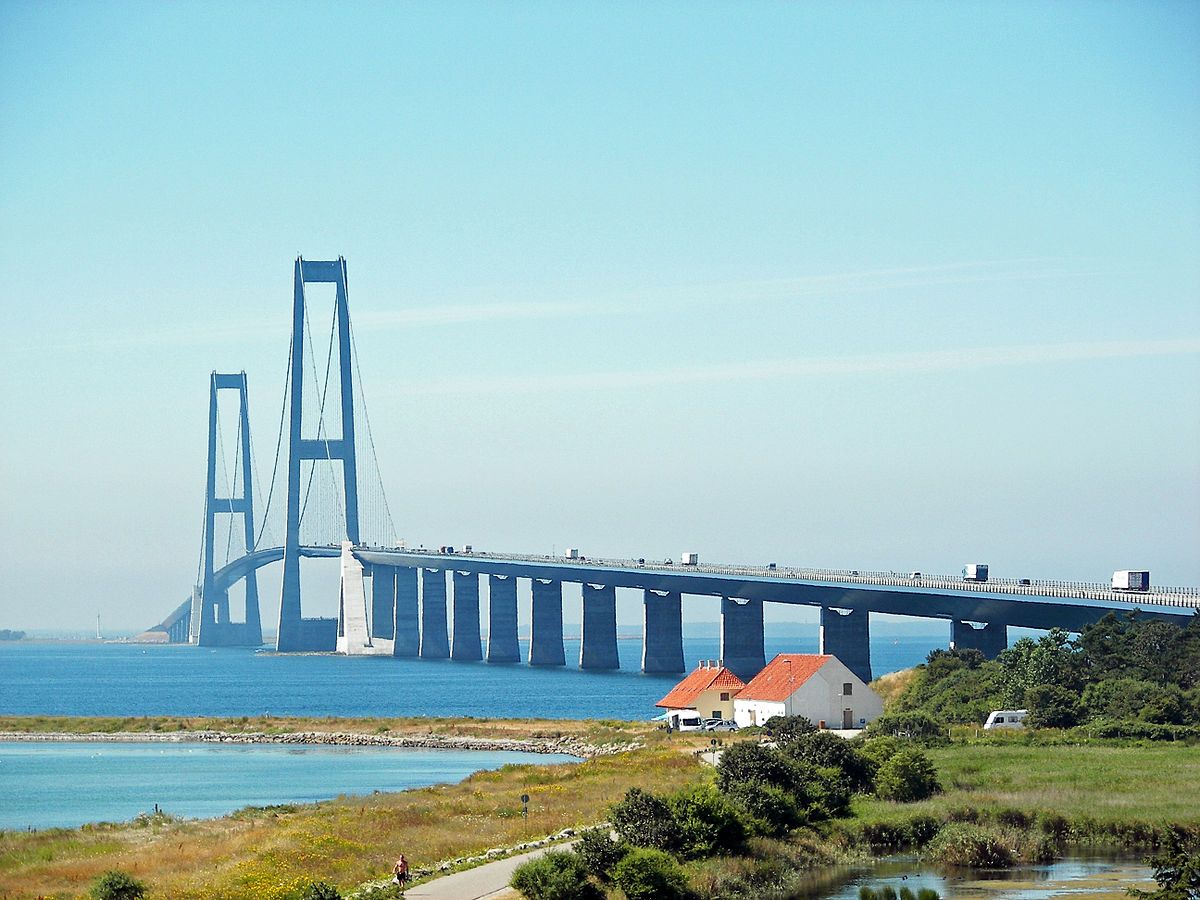It is eight o’clock in the evening on 2 September 1807 and Copenhagen is ablaze. British firebombs mercilessly strike the city’s roofs like comets crashing from the sky.
More than 30,000 British troops surround the city as their artillery – both on the ground and at sea – send bombs towards the Danish capital. Copenhagen has just become the first European capital city to be struck by a terror bombing, and the British are waiting for it to surrender.
The British destruction of the French navy at Trafalgar in 1805 had made the Danish fleet the second biggest in the world. Whilst the great nations of Europe spent vast resources on waging war, the Danes profited from using their ships for merchant purposes.
Russian roulette
Back in 1801, the world’s largest navy, Britain’s Royal Navy – led by Hyde Parker and Lord Nelson – had demonstrated their dominance by overpowering the Danish forces in just four hours, thus forcing the Danes to quit their alliance with Russia and a number of other countries who were trying to form a strong alliance of neutral nations.
But by 1807, the British were grumbling over Denmark’s involvement in an alliance once again. Up to their necks in the Napoleonic Wars (1803-15) against their French arch-enemy yet again, in the summer of 1807, a decision made in Russia dragged Denmark into the arena with the raging British bulldog once again. The Russians agreed to ally themselves with the French and threatened neutral Denmark to join forces with Napoleon and boycott Britain, or else.
The British quickly responded by sending approximately 50 warships towards Denmark with a declared mission to force the Danes to hand over their navy. This would prevent Napoleon from making use of the vast Danish fleet, help the British gain power in the Baltic Sea and serve as a warning to the Russians.
British battering
On 16 August 1807 – after a two-week naval blockade – 30,000 British troops invaded Zealand from Vedbæk and Brøndby without meeting any resistance. Within a short time, they had surrounded Copenhagen, forming a cresent stretching from Svanemøllen to Kalveboderne, near Valby. However, the Danes refused the British demands to hand over their proud fleet and declared war on Britain.
Thanks to some excellent canon-heavy artillery batteries in Amager, Copenhagen Harbour and the heavily-fortified Citadel (often referred to as Kastellet), Copenhagen was almost impregnable from the sea. But the British didn’t have to concern themselves about that.
The British infantry began readying its artillery near Svanemøllen, which could strike the city from four kilometres away. The Danish naval forces damaged one of the British artillery batteries with their gunships, but a second more powerful artillery battery was soon put into place by the strong British forces. The Danish infantry then tried to advance from Kastellet to move through Østerbro and push the British troops away from Svanemøllen, but without success.
Copenhagen burns
After two weeks of seige, the British sent their last ultimatum: hand over your fleet or else. The Danes did not budge and the first terror bombing of a European capital began at 7:30pm on 2 September 1807.
Some 13,000 Danish troops did what they could to withstand the attacks, but their defence posts were outdated and they were heavily outmatched by the 30,000 experienced British troops and their almost 50 warships. Also, the British used newly-improved firebombs to strike Copenhagen with disregard for civilian losses.
The civilian population of Copenhagen, which numbered more than 100,000 people, was targeted to speed up the process of surrender.
The people of Copenhagen ran for cover as a bombardment of unseen proportions scarred the city centre as roof-tops were set alight. After 12 hours of bombardment, the British held their fire. The people of Copenhagen, who had sought hiding during the night, had a chance to catch a breather and take a look at the damage caused to the historic city.
But at around dinner time on September 3, the bombings started again. Within long, the city’s cathedral, the Church of Our Lady, collapsed after the steeple was struck and crashed down onto the church. The British had been aiming for the towering spire from the beginning as it was visible from a great distance.
Navy lost
More and more civilians left their homes, which hindered the fire-fighting efforts in the burning city. A large fire spread through the university district around the Round Tower – it was only due to a huge effort from the Danish soldiers that the famous observatory survived the blaze.
The Danish capitulation came on September 6. By that time, an estimated 6,000 fire bombs and grenades had rained down on the city, damaging 1,500 buildings and killing 400 Danes. They surrendered their entire navy and its equipment to the British victors.
At the end of October, the British convoy of more than 300 vessels set sail towards the British Isles, leaving Denmark without a navy to uphold their dominant merchant status at sea. Copenhagen lost its status as an important city for trade, and the Danish decision to back Napoleon in his war against the British would cost Denmark the ownership of Norway in 1814 as Denmark’s territory, and status abroad, continued to diminish.
















